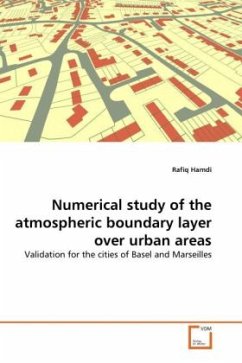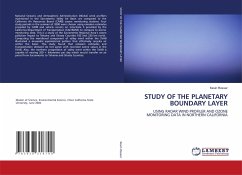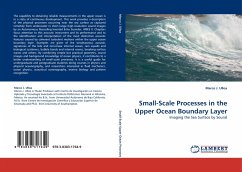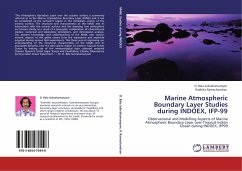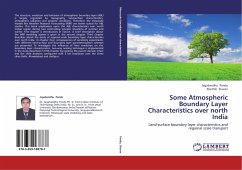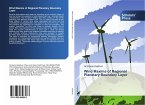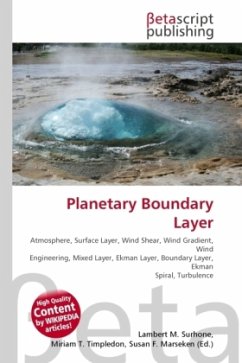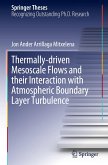The state of the art in most urban dispersion models is to use turbulence and surface exchanges parameterizations, which are designed for non-urban terrain. In this thesis, we use the urban module of Martilli. This scheme computes the impact of three urban surface types (Roof, Road, Wall) on the momentum, heat, and turbulent kinetic energy equation. It also considers the shadowing and radiation trapping effect. In the first part, a new version of the urban module of Martilli has been developed in which improvements are made in 3 ways: ( ) introduction of the vegetation effect, ( ) introduction of a new lateral friction, and ( ) a new drag formulation is adopted. This new version was implemented in the Topographic Vorticity-mode Mesoscale (TVM) model. This urbanized version was firstly validated for one-dimensional simulation, within and above street canyon using measurements from two mid-latitude European cities: Basel and Marseilles. And secondly used to study the urban heat island mitigation in the city of Basel. The aim of the second part is to quantify the effects of the agglomeration of Basel on the three-dimensional structure of the atmospheric boundary layer.
Bitte wählen Sie Ihr Anliegen aus.
Rechnungen
Retourenschein anfordern
Bestellstatus
Storno

